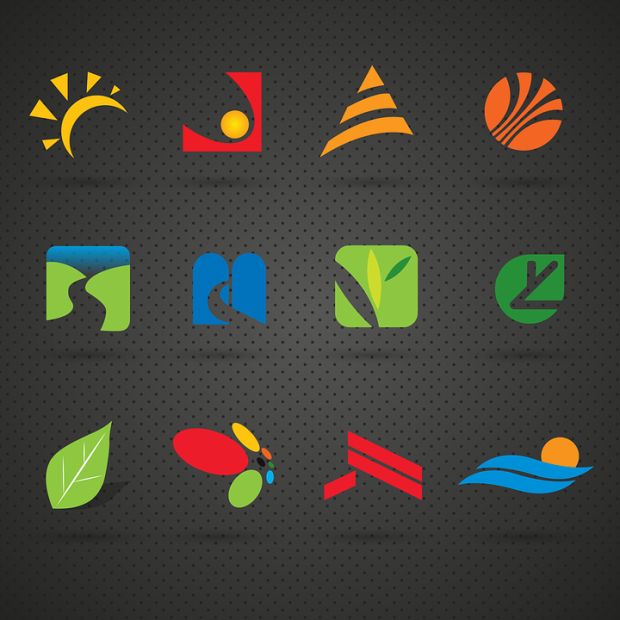The logo is one of the most important elements to include in your website design. However, a good logo design should respect a lot of rules in order to attract attention and become a call to action in itself. But with so many rules, how can you make your logo pop? Read along to find out.

Emphasise Your Brand’s Identity
One of the basics of logo design is that it should be distinctive. A logo is just like the photo on your ID card: it should tell you exactly who that brand is. But unlike your ID card photo, a logo is something a brand takes pride in and which connects it to its audience. So you can build a creative logo if you translate the brand’s name into a meaningful picture for your audience.
Use images and words that reinforce the connection with your audience, attracting interest. The precise way in which you make this brand reinforcement depends on your creativity. Though, according to the Australian logo design company Magicdust, the key rule is that a logo should depict the brand’s personality.
Link Your Logo
Website designers know that sometimes visitors need to go back to the home page, and so the logo is generally used to meet this need, instead of creating an additional home button.
This has conditioned people’s behaviour too: they know that each time they click on the logo, they’ll go back to the home page. How can you use this to your advantage? Simply link the logo to another page, maybe like the contact page or the page with the highest conversion rate.
Why? Because someone who clicks on the home page button clearly wants to be on your website but isn’t exactly sure what to search for next. However, make sure you offer people another visible button to actually return to your home page.
Put It Where It’s Always Been
And that’s in the top left corner of your page! Knowing how placement can affect your logo design is key as visitors love consistency, and you need to meet their expectations. Otherwise, your website will lack in functionality.
For instance, Nokia phones are renowned for their easy-to-navigate menus. Even if you accidentally set your phone language to Chinese, you can still find your way back. So how is this different to the new linking scheme proposed above? Well, research shows that centre-placed logos decrease user experience, make navigation more difficult, result in a high bounce rates and poor SEO rankings.
Innovate to Convert
Conversion should always be your primary goal. You don’t want to design a creative logo for the sake of art alone, and too much creativity might hurt you.
As such, aim to be consistent and value the needs of your visitors. Track your website’s performance and conversion rate each time you make an innovative change to your website design. That way, you’ll know how the visitors’ behaviour was affected. Just remember that the conventions of web design are plentiful, and it depends on you to use them to your own advantage.
Republished by Imagincreation